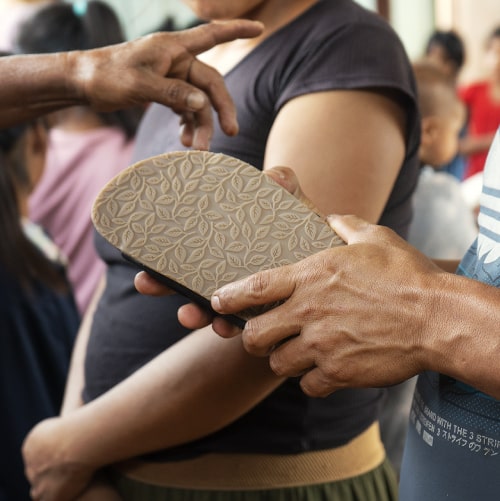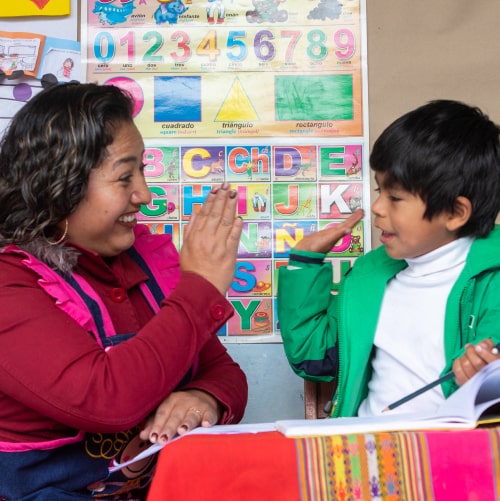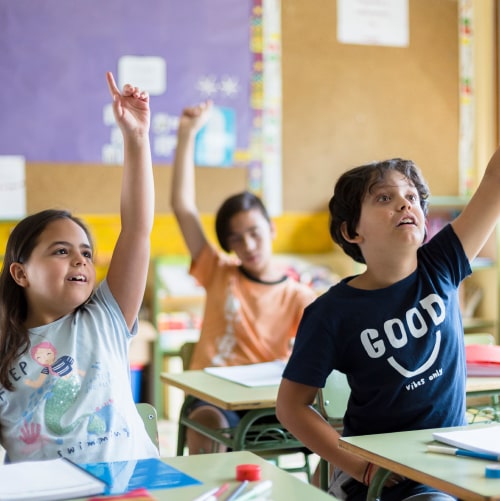Museums, according to UNESCO’s definition, are much more than places where objects are exhibited and conserved. These venues, which nowadays are part of the cultural tourism of the different countries, are also important for local economic development, as well as for the development of creativity and for awakening the sense of identity and belonging.
What is Open Museums?
This initiative has already been implemented for several years and is a State policy promoted by the Ministry of Culture through Law 30599. This legislation proposes that on the first Sunday of each month all Peruvian citizens can access, free of charge, historical places, archaeological sites and museums.
Although the initiative includes museums administered by the State, private entities also usually join it so that the public has a day to enjoy free cultural visits to their facilities.
Aside from free admission, many of them have a varied program of activities that includes handicraft fairs, art exhibitions, stage productions, panel discussions, workshops and more.
It should be noted that many of these activities are also free of charge. The ideal thing is to check out social media, websites or activity schedules to know what complementary events to the museums can be visited.
What museums can you visit through “Open Museums”?
Some of the 52 museums administered by the State that you can visit are: In Lima, National Museum of Culture, National Museum of Archaeology, Anthropology and History Museum of Peru, Pachacamac Museum; in Lambayeque, Bruning National Archaeological Museum and, in Ica, the Regional Museum of Ica “Adolfo Bermudez Jenkins”.
However, there are several museums that are under private administration that can also be visited free of charge through Open Museums. Some of these are: El Brujo Archaeological Complex in La Libertad, C. Tello Museum in Ica, the César Vallejo House Museum in La Libertad, among many others.
Open Museums in El Brujo

As part of this initiative promoted by MINCUL (Ministry of Culture), every first Sunday of the month you can find the three main structures in El Brujo: Huaca Prieta, Huaca Cao Viejo and Huaca El Brujo. The latter is a pyramid that has a complex system of corridors and rooms decorated with frescoes in excellent state of conservation.
These archaeological sites are considered to be some of the most important in the pre-Hispanic world, and represent hunting scenes, rituals and human and animal figures. In Aside from the archaeological and artistic importance of the site, El Brujo is relevant for its connection to the Moche culture, one of the most influential pre-Columbian cultures in Peruvian history.
Visit the El Brujo Archaeological Complex

From the first Sunday of February onward, visitors to El Brujo will have free access to the archaeological complex and can enjoy a series of free complementary activities.
These include a free guide service, co-creative manual activities, the opportunity to impersonate the Lady of Cao, and various cultural and artistic manifestations, which vary according to the date of the visit to the complex. This initiative takes place on the first Sunday of each month, offering visitors a unique opportunity to explore and learn about one of the most important and fascinating archaeological sites on the northern coast of Peru. Don’t miss the chance to visit El Brujo this coming Sunday, April 2nd! For more information, you can call +51 939 326 240 by clicking here.









